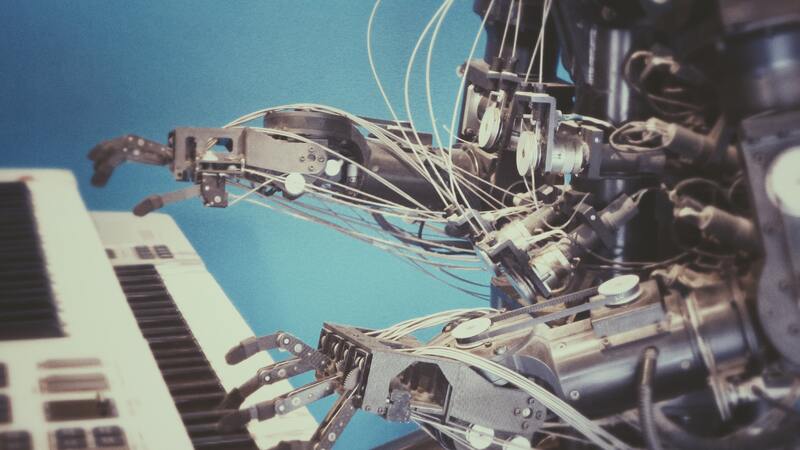Overview
We all know and understand that Automation uses technology to perform tasks or processes without human intervention. Automation has evolved over several decades as technology advanced and businesses sought ways to improve efficiency and productivity. The concept of automation dates to the Industrial Revolution in the late 18th and early 19th centuries. The use of machines in manufacturing processes marked the initial phase of automation aimed at increasing production efficiency. Then with the development of computers in the mid-20th century, automation began to take on a more digital form. In the 1990s, Workflow Automation or in general called Business Process Automation (BPA) started gaining popularity. It focused on automating the flow of tasks, documents, and information between different stakeholders in a structured and organized manner. In the early 2000s, Robotic Process Automation (RPA) emerged as a solution to automate rule-based, repetitive tasks typically performed by office workers. RPA software bots were designed to mimic human actions by interacting with applications through user interfaces. With advancements in Artificial Intelligence (AI) and Machine Learning (ML) technologies, digital automation took a significant leap forward. Organizations began integrating AI and ML capabilities into their automation solutions, enabling tasks that required decision-making, pattern recognition, and learning from data.
Rapid Digital Automation (RDA)
In recent years, Digital Automation has become a critical component of digital transformation initiatives in organizations. Companies increasingly invest in automation to enhance business processes, reduce operational costs, and improve customer experiences. Organizations will likely explore more advanced forms of automation, focusing on increasing adaptability, scalability, and intelligence to optimize their operations further and achieve competitive advantages. In this sense, having RPA (Robotic Process Automation), BPA (Business Process Automation), AI (Artificial Intelligence), and ML (Machine Learning) integrated into one comprehensive product can provide several significant benefits to organizations. Combining these technologies allows for a more holistic and powerful automation solution that can address a wide range of business challenges and streamline complex processes. We call this combination of technologies comprehensively into one product to provide faster adaptation and quicker returns as RDA (Rapid Digital Automation).
RDA – Benefits
RDA has found applications in various industries, including finance, healthcare, manufacturing, customer service, human resources, and more. It allows organizations to streamline workflows, improve efficiency, and enhance customer experiences by redirecting their human workforce to focus on strategic and creative tasks. Here are some ways it can help:
- End-to-end Automation: Integrating RPA, BPA, AI, and ML allows organizations to automate entire processes from start to finish. RPA can handle repetitive, rule-based tasks, while BPA manages the flow of tasks between different systems and stakeholders. AI and ML can handle data-driven decision-making, predictive analysis, and cognitive tasks that require learning from data patterns.
- Increased Efficiency and Productivity: By automating repetitive and time-consuming tasks, the product can significantly increase overall efficiency and productivity. Employees can focus on more strategic and creative tasks, leading to better resource utilization and improved business outcomes.
- Enhanced Accuracy and Data Quality: Automation reduces the chances of human errors, leading to higher data accuracy and quality. AI and ML algorithms can continually learn from data patterns and optimize processes, leading to better outcomes.
- Seamless Data Integration: Integrating these technologies allows for smoother data exchange and integration across different systems and departments. This promotes better collaboration and decision-making based on comprehensive data insights.
- Flexibility and Adaptability: An all-in-one automation product catering to various use cases and industries. It can be configured and adapted to suit specific business requirements, allowing organizations to stay agile and respond to changing needs effectively.
- Advanced Analytics and Insights: With AI and ML capabilities, the product can offer advanced analytics and insights, helping organizations make data-driven decisions and uncover hidden opportunities for improvement.
- Cost Savings: By automating tasks and optimizing processes, the product can lead to cost savings for organizations. Reducing manual interventions and improving operational efficiency can result in lower operating costs.
- Enhanced Customer Experience: Streamlining processes through automation can lead to faster response times, reduced lead times, and improved customer service, ultimately enhancing the overall customer experience.
- Compliance and Security: An integrated product can ensure better compliance with industry regulations and data security standards. It can provide audit trails and logs, ensuring transparency and accountability in the automation processes.
- Single Platform Management: An integrated solution simplifies IT management and maintenance. Organizations can have one platform to manage, monitor, and update, reducing the complexities of managing multiple systems.
Summary
RDA is an advanced approach to automation that combines various technologies, such as Robotic Process Automation (RPA), Business Process Automation (BPA), Artificial Intelligence (AI), Machine Learning (ML), and other tools, to automate a wide range of tasks and processes across an entire organization. It aims to create a highly efficient, intelligent, and scalable automation environment that enhances productivity, reduces operational costs, and improves overall business outcomes. RDA leverages the strengths of different technologies to streamline complex workflows, increase data accuracy, and enable data-driven decision-making. It is a critical component of digital transformation initiatives, empowering organizations to stay competitive and agile in today's rapidly evolving business landscape.
However, it's important to note that implementing and integrating such a comprehensive automation solution might be complex and require careful planning, expertise, and resources. Organizations should thoroughly assess their automation needs and consider working with experienced vendors or partners to implement and leverage the full potential of such a product.





